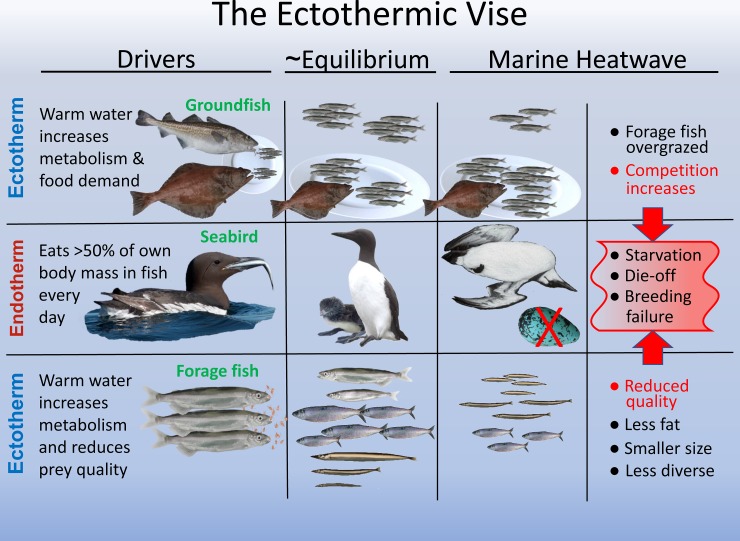Fig 6. Illustration of the “ectothermic vise” hypothesis to explain the dramatic decline of forage fish and starvation of murres across three large marine ecosystems during the 2014–2016 marine heatwave.
We propose that an unusually warm layer of water in the NE Pacific, persisting for more than 2 years, had a powerful cumulative effect on ectothermic groundfish (stimulating food intake rate) and ectothermic forage fish (reducing their quality) leading to a strong top-down and bottom up (vise-like) impact on murre survival and reproductive success.

